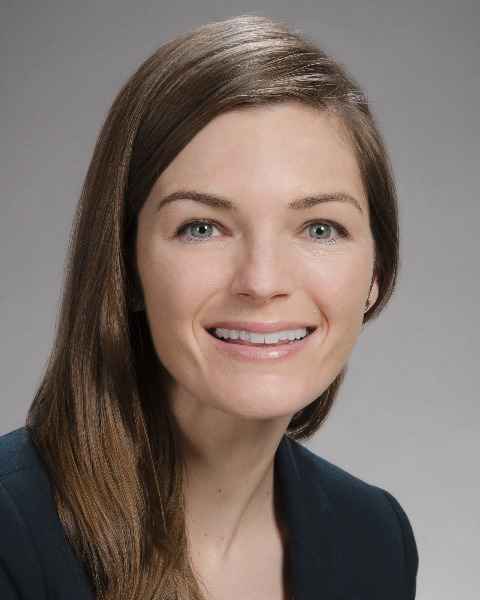Hepato-pancreato-biliary
E284: Distal Pancreatectomy With and Without Celiac Axis Resection for Adenocarcinoma: A Comparison in the Era of Neoadjuvant Therapy

Sara K. Daniel, MD (she/her/hers)
Fellow
Stanford University
San Jose, California, United States
Sara K. Daniel, MD (she/her/hers)
Fellow
Stanford University
San Jose, California, United States
Sara K. Daniel, MD (she/her/hers)
Fellow
Stanford University
San Jose, California, United States- CH
Camille Hironaka, MD
Resident
Stanford University, United States - MA
M. Usman Ahmad, MD (he/him/his)
Research Fellow
Stanford University, United States - DD
Daniel Delitto, MD, PhD
Assistant Professor
Stanford University, United States - MD
Monica Dua, MD
Clinical Associate Professor
Stanford University, United States .jpg)
Byrne Lee, MD (he/him/his)
Clinical Professor
Stanford University School of Medicine
Stanford, California, United States- JN
Jeffrey A. Norton, N/A, MD
Professor
Stanford University
Palo Alto, California, United States 
Brendan C. Visser, MD
Professor
Stanford University
Stanford, California, United States- GP
George Poultsides, MD
Professor
Stanford University, United States
ePoster Abstract Author(s)
Submitter(s)
Author(s)
Distal pancreatectomy with celiac axis resection (DP-CAR) has been used for selected patients with pancreatic cancer infiltrating the celiac axis with historically reported worse outcomes compared to patients requiring distal pancreatectomy alone (DP). We aimed to compare the short- and long-term outcomes between DP-CAR and DP patients requiring neoadjuvant therapy.
Methods:
Patients undergoing DP and DP-CAR from 2014 to 2022 at a single institution were retrospectively reviewed. Clinicopathologic features, postoperative morbidity and survival outcomes were compared between the two groups.
Results:
Twenty-two patients who underwent DP-CAR and 24 DP controls were identified. There were no significant differences in co-morbidities, type and duration of neoadjuvant chemotherapy, or pre-treatment CA19-9 levels. OR time was longer for DP-CAR (304 vs 255 minutes, p=0.01), but there was no difference in blood loss or transfusion rate. Vascular reconstruction was more common in DP-CAR (18.2% vs 0% arterial, p=0.05; 40.9% vs 12.5% venous, p=0.04). There was no difference in reoperation, pancreatic fistula, readmission or major morbidity rates. Ninety-day mortality was 0% for both groups. While tumor size pathologically was higher in the DP-CAR group (5.1 vs 4.0cm, p=0.034), there was no difference in tumor differentiation, lymph node involvement, or R0 resection rates. Overall survival from initiation of neoadjuvant treatment was similar between the two groups (26 vs 27 months, p=0.33).
Conclusions:
DP-CAR is associated with equivalent survival and a similar risk profile compared to DP patients requiring neoadjuvant chemotherapy. DP-CAR should be pursued in appropriately selected patients with locally advanced pancreatic cancer.
Learning Objectives:
- Describe the indications for DP-CAR or modified Appleby procedure.
- Describe complications seen after DP-CAR.
- Understand survival of DP-CAR compared to standard distal pancreatectomy after neoadjuvant therapy.
